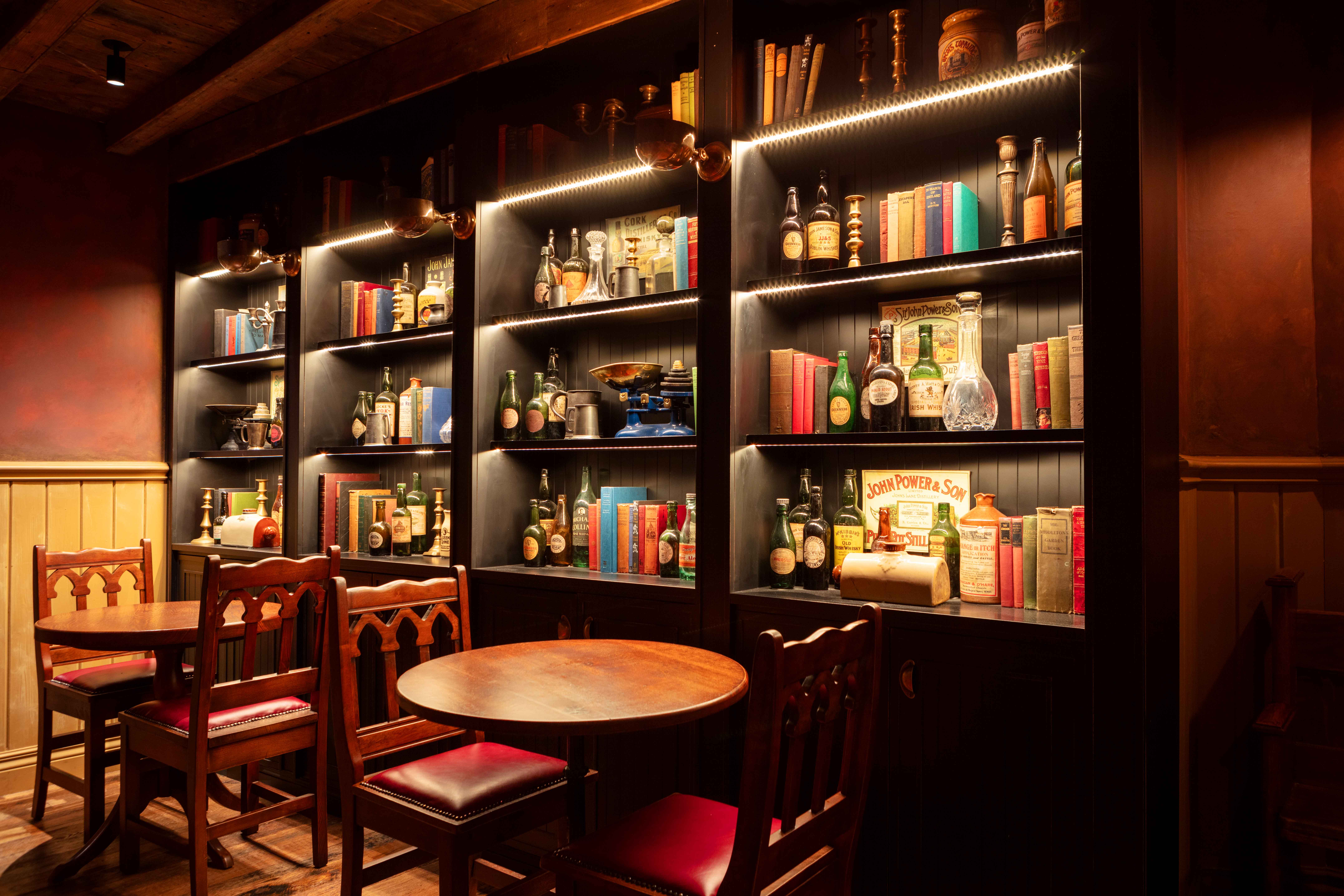In our previous post we examined the importance of sustainability and environmental awareness in commercial interior design. This post takes up the mantle and explains the importance of the first of two industry standards LEED (Leadership in Energy and Environmental Design).
Developed by the U.S. Green Building Council (USGBC), LEED is one of the most recognized sustainability certification systems in the world. It set the standard for sustainable design and construction across various building types, including commercial interiors. Certification is a comprehensive process that assesses a project's performance in categories like energy efficiency, water efficiency, materials and resources, and indoor environmental quality.
For clients it means that the designs you receive have been developed with these practices in mind, and at a time where everyone is, rightly, concerned about their impact on the environment, it gets your new space off to the best possible start. In effect it’s baking sustainability into the project right from the very start.
Beyond that, LEED plays a pivotal role in elevating awareness about sustainability in commercial interior design. Which can only be a good thing.
Here are some of the key benefits that LEED certification brings with it:
Clear Guidelines:
LEED provides designers with precise guidelines and performance benchmarks to strive for. It ensures that sustainability is not a vague concept but a set of actionable objectives, and that for the client, those objectives are delivered.
Measurable Impact:
LEED allows designers to measure the environmental impact of their choices, fostering continuous improvement and innovation. This means that at every stage the designed is considering their choices with regard to the environment, a consequence of which may well be a more future-proofed build.
Market Recognition:
LEED certification enjoys widespread recognition and respect in the industry. It enhances a project's value and can significantly impact marketing and branding efforts. It’s a seal of approval and a recognition that the job has been done correctly.
Environmental Stewardship:
By adhering to LEED principles, commercial interior designers actively contribute to environmental stewardship. They help lower energy consumption, reduce greenhouse gas emissions, and conserve vital resources. All of which have a positive benefit for the environment as well as delivering a sustainability story that can be shared with customers.
Cost Savings:
Although there might be initial costs associated with LEED certification, the long-term savings in terms of energy efficiency and reduced maintenance expenses can be substantial.
As the influence of LEED in promoting sustainable design continues to grow, it's essential to recognise that it's not the only solution in the realm of sustainable commercial interior design.
The global perspective offered by BREEAM, which we will discuss in the next post, complements LEED's efforts and contributes to a holistic approach to sustainability. Sustainable design isn't just a concept; it's a practical and impactful solution for commercial interior projects. Embracing sustainability not only aligns with environmental stewardship but also leads to long-term cost savings and market recognition.
At Studio Eunan Byrne, we understand the significance of sustainable design and the value it brings to commercial interior projects. If you're interested in learning more about how sustainable design can elevate your project, whether through LEED, BREEAM, or other sustainable approaches, contact us today.




